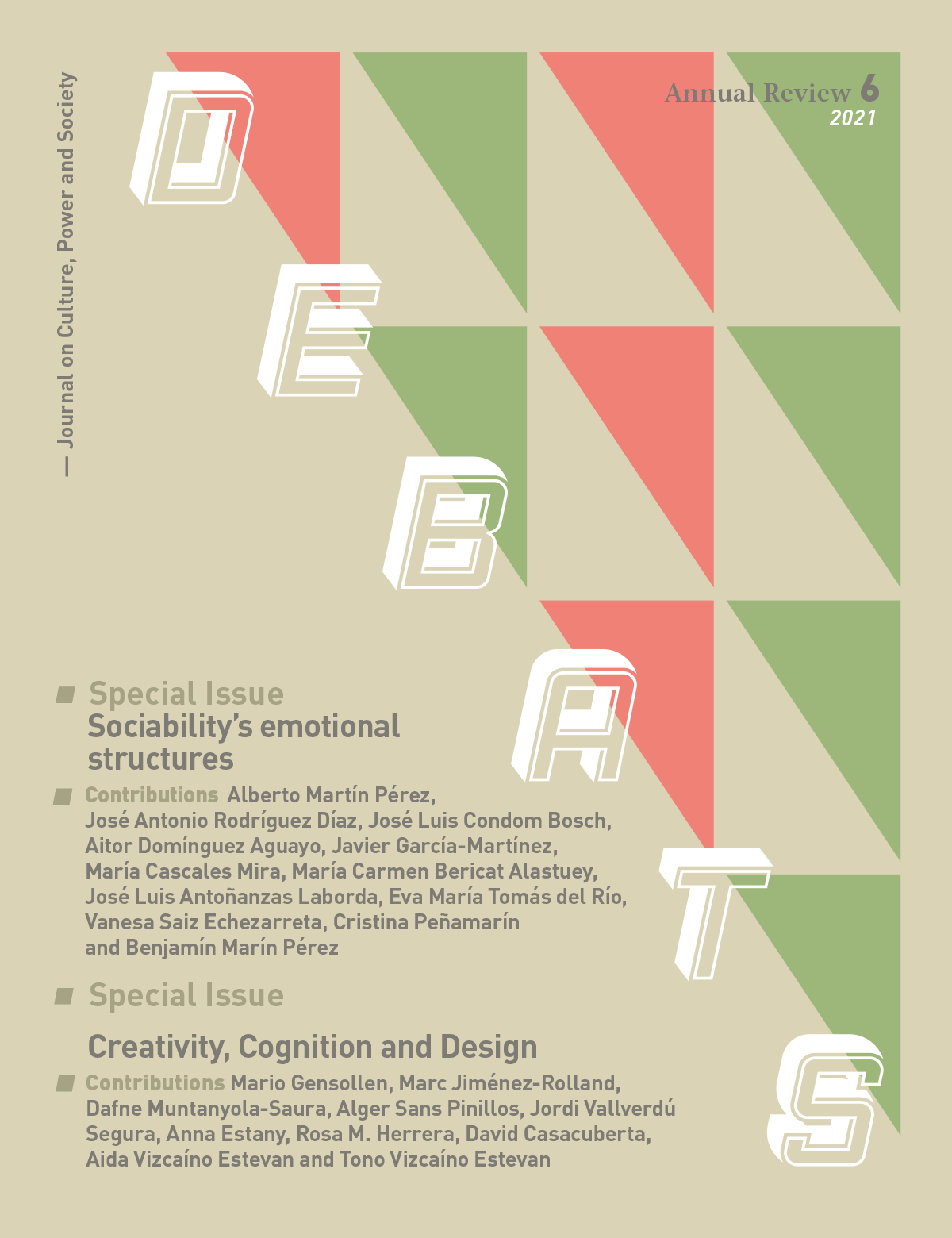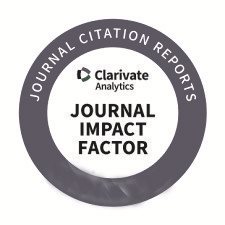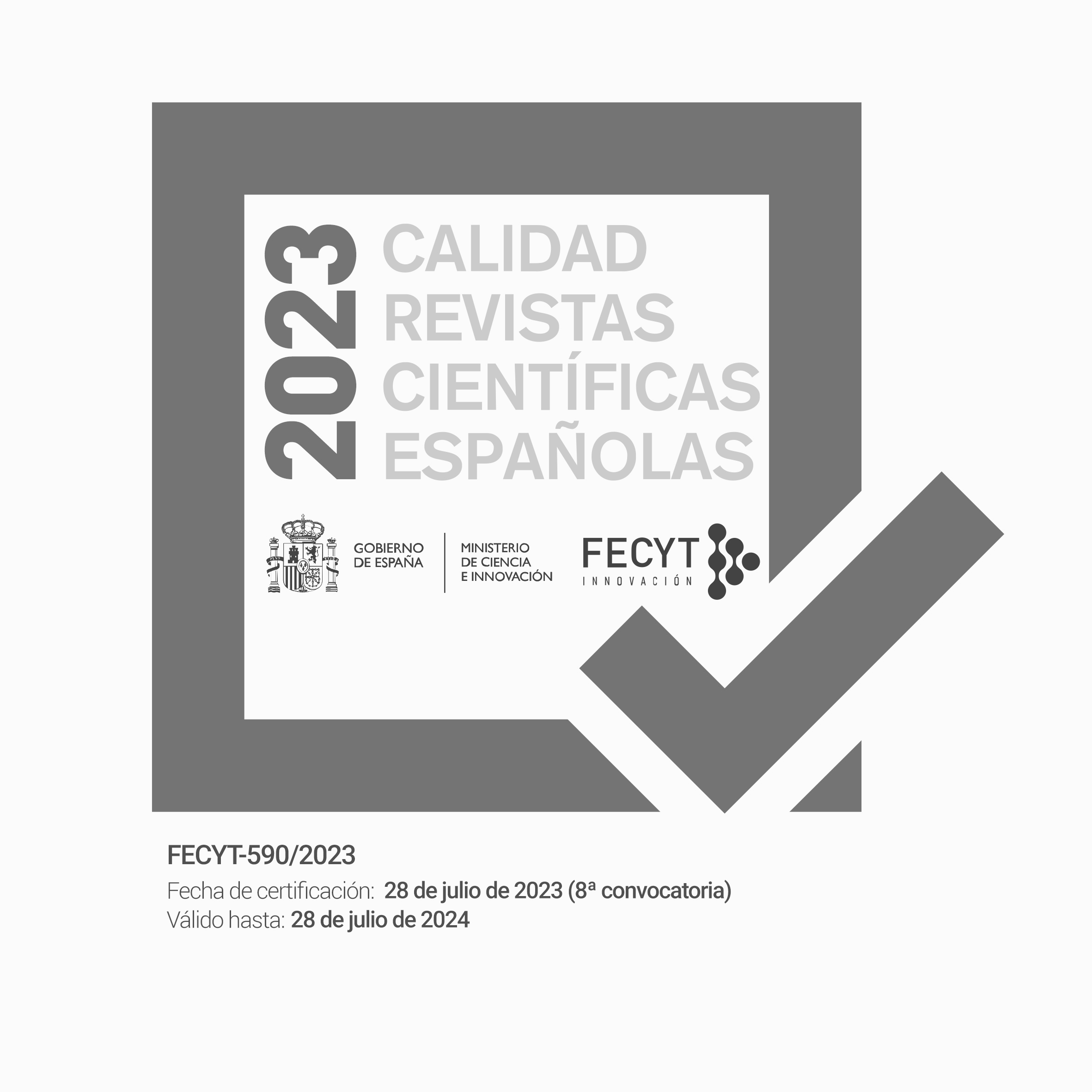What the #®¥§≠$@ is Creativity?
DOI:
https://doi.org/10.28939/iam.debats-en.2021-9Resumen
Creativity is The Holy Grail of the Cognitive Sciences and it is very important for researchers in the Computer Sciences and AI fields. Although all attempts to explain and replicate intelligence have so far failed, the quest remains a key part of their research. This paper takes two innovative approaches. First, we see cognitive processes as involving rule-following
and as flexible, even chaotic, heuristics. This first concept uses a multi-heuristic concept without any complexes as mixed-cognition. Second, we propose abduction which, though seldom employed in this specific debate, is nonetheless a good way to explore creativity. Using both strategies, along with analysis of specific human creativity cases, we suggest
a new cognitive paradigm that is both more realistic and truthful than hitherto. The idea is to offer a new way to achieve more powerful, complex artificial reasoning systems.
Descargas
Citas
Alchourrón, C. E., Gärdenfors, P., and Makinson, D. (1985). On thelogic of theory change: Partial meet contraction
and revision functions. Journal of Symbolic Logic, 50(2), 510–530. https://doi.org/10.2307/2274239
Aliseda, A. (2014). La lógica como herramienta de la razón. Razonamiento ampliativo en la creatividad, la cognición y la
inferència. UK: Milton Keynes.
Aliseda, A (2006). Abductive Reasoning: Logical Investigations into Discovery and Explanation. The Netherlands: Springer.
[A. C.] Rodríguez, [A] Aliseda and [A] Arauz. (2008). Medicina y lógica: el procesodiagnóstico en neurología. Ludus
Vitalis, 30, 135-163.
Aristòtil. (1995). Analíticos primeros. Tratados de lógica (Órganon) II. Sobre la interpretación. Analíticos primeros.
Analíticos segundos (trad. Miguel Candel Sanmartín). Madrid: Editorial Gredos.
Casacuberta, D; Ayala, S and Vallverdú, J (2010).Embodying cognition: a morphological perspective. Jordi Vallverdú
(Ed.) Thinking Machines and the Philosophy of Computer Science: Concepts and Principles, (Editor and author). USA:
IGI Global Group, 344-366.
Criado-Boado, F., Alonso-Pablos, D., Blanco, M. J., Porto, Y., Rodríguez-Paz, A., Cabrejas, E., and Martínez, L. M.
(2019) “Co-evolution of visual behaviour, the material world and social complexity, depicted by the eye tracking
of archaeological objects in humans”, Nature Scientific Reports, Vol., Art. Num.: 3985
Csikszent Mihalyi, Mihaly (1996). Creativity: Flow and the Psychology of Discovery and Invention. New York: Harper
Perennial
Currey, M. (2014) Rituales cotidianos. Cómo trabajan los artistes. Madrid: Turner.
Dilman, İ. (1973). Induction and Deduction. Oxford: Basil Blackwell.
Elgin, C.Z. (2019) True Enough. Boston: MIT Press.
Estany, A. (2011). The Thesis of Theory-Laden Observation in the Light of Cognitive Psychology. Philosophy of Science 68,
-217.
Feyerabend, P. (2018). Philosophy of Nature. Cambridge: Polity Pr.
Feyerabend, P. (2010). Against Method. London: Verso.
Feyerabend, P. (1987). Creativity: A Dangerous Myth. Critical Inquiry 13 (4), 700-711.
Gabbay, M and Woods, J. (2005). A practical Logic of Cognitive Systems. The Reach of Abduction. Insight and Trial
(Volume 2). Amsterdam: Elsevier.
Grosser, M. (1979). The Discovery of Neptune. New York: Dover Publications, Inc.
Hanson, N. R. (1972). Patterns of Discovery. New York: Cambridge University Press.
Hanson, N. R. (1971). Observation and Explanation: A Guide to Philosophy of Science. London: George Allen &Unwin, Ltd.
Harman, G. (1965). The Inference to the Best Explanation. The Philosophical Review, 74 (1), 88-95.
Hintikka, J. (2007). Socratic Espistemology. Explorations of Knowledge-Seeking by Questioning. Cambridge: Cambridge
University Press.
Hintikka, J. (1999). Inquiry as Inquiry. A Logic of Scientific Discovery. Dordrecht: Springer Science+Business Media
Dordrecht.
Hintikka, J. (1998). What Is Abduction? The Fundamental Problem of Contemporary Epistemology. Transactions of
the Charles Sanders Peirce Society, 34, 503-533.
Hookway, C. (1992). Peirce. London: Routledge.
Huang, M. and Jaszczolt, K.M. (Eds.) (2018). Expressing the Self. Cultural Diversity and Cognitive Universals, Oxford: OUP.
Kant, I. (1961). Critique of Pure Reason (translation Norman Kemp Smith). London: Macmillan.
Kharkhurin, A. V., and Wei, L. (2015). The role of code-switching in bilingual creativity. International Journal of
Bilingual Education and Bilingualism, 18(2), 153–169.
Kakas, A. C. (2017). Abduction. in C. Sammut and G. I. Webb (Eds.), Encyclopedia of Machine Learning and Data Mining.
New York: Springer Science i Business Media, 1-8.
King, M. J. (1997). Apollo 13 creativity: in-the-box innovation. The Journal of Creative Behavior, 31(4), 299-308.
Kuhn, T. (1996). The Structure of Scientific Revolutions. Chicago: Chicago University Press.
Lakatos, I. (1976). Proofs and Refutations. The Logic of Mathematical Discovery. Cambridge: Cambridge University Press.
Łukasiewicz, J. (1970). Creative Elements in Science. Selected Works. Amsterdam: North-Holland Publishing Company,
-15.
Magnani, L. (2018). The Urgent Need of a Naturalized Logic. Philosophies, 3 (44). DOI: 10.3390/philosophies3040044
Magnani, L. (2018ᵃ). Eco-Cognitive Computationalism: From Mimetic Minds to Morphology-Based Enchancement
of Mimetic Bodies. A Etropy 20, 430-446.
Magnani. L. (2017). The Abductive Structure of Scientific Creativity. An Essay on the Ecology of Cognition. Switzerland:
Springer.
Magnani, L. (2016). The eco-cognitive model of abduction II. Irrelevance and implausibility exculpated. Journal of
Applied Logic, 15, 94-129.
Magnani, L. (2015). The eco-cognitive model of abduction. ᾿Απαγωγήnow: Naturalizing the logic of abduction.
Journal of Applied Logic, 13, 285-315.
Magnani, L. (2009). Abductive Cognition. The Epistemological and Eco-Cognitive Dimensions of Hipotetical Reasoning.
Heidelberg/Berlin: Springer.
Nisbett, R. (2004). The Geography of Thought: How Asians and Westerners think differently... and why. USA: Simon
and Schuster.
Niiniluoto, I. (2004). Representation and Truthlikeness. Foundations in Science, 19 (4), 375-379. DOI 10.1007/
s10699-014-9346-2
Pearl, J., and Mackenzie, D. (2018). The Book of Why: The new science of cause and effect. Basic Books.
Peirce, C. S. (1931-1935). Collected Papers of Charles Sanders Peirce. Volumes 1–6 (C. Hartshorne, P. Weiss, Eds.).
Cambridge: Harvard University Press; and (1958) Volumes 7–8 (A.W. Burks Ed.) Cambridge: Harvard University
Press.
Putnam, H. (2002). The Collapse of Fact/Value Dichotomy and other essays. Cambridge: Harvard University Press.
Rivadulla, A. (2015). Meta, método y mito en la ciencia. Madrid: Editorial Trotta.
Roberts, R. M. (1989). Serendipity: Accidental Discoveries in Science, by Royston M. Roberts, pp. 288. ISBN 0-471-
-5. Wiley-VCH, June 1989., 288.
Sans, A. (2017). El lado epistemológico de las abducciones: La creatividad en las verdades-proyectadas. Revista
Iberoamericana de Argumentación, 15, 77-91. Doi: 10.15366/ria
Sans, A. (2019). Rigor Mortis: ¿Què passa quan una teoria nega allò que no li pertany o què passa quan un coneixement
es veu obligat a adaptar-se al que no pot? Comentari crític de «Construir en la foscor. Teoria i observació en
ciència i en psicoanàlisi» by R. Caper. A Revista Catalana de Psicoanàlisi 35 (2), pp. 141-152.
Sawyer, R. K. (2011). Explaining creativity: The Science of Human Innovation. Oxford University Press.
Schroeder, M. and Vallverdú, J. (2015). Situated Phenomenology and Biological Systems: Eastern and Western
Synthesis. Progress in Biophysics and Molecular Biology, 119(3): 530-537.
Shanahan, M. (2005). Perception as Abduction: Turning Sensor Data into Meaningful Representation. Cognitive
Science, 29, 103–134
Shelley, C. (1996). Abductive Reasoning in Archaelogy. A Philosophy of Science, 63 (2), 278-301. http://www.jstor.
org/stable/188474
Schurz, G. (2008). Patterns of Abduction. Synthese, 164, 201-234. DOI 10.1007/s11229-007-9223-4
Simon, H. (1977). Does Scientific Discovery Have a Logic? Models of Discovery. Holland: Pallas Paperback, 326–337
Thagard, P. (1988). Computational Philosophy of Science. Massachusetts: MIT Press.
Vallverdú, J., Talanov, M., Distefano, S., Mazzara, M., Tchitchigin, A., and Nurgaliev, I. (2016). A cognitive architecture
for the implementation of emotions in computing systems. Biologically Inspired Cognitive Architectures, 15,
-40.
Vallverdú, J. (2013). Programming Synthetic Innovation? Revista Iberoamericana de Argumentación, 7: 1-12.
Vallverdú, J., (2017). Brains, language and the argumentative mind in Western and Eastern societies. The fertile
differences between Western-Eastern argumentative traditions.Progress in Biophysics and Molecular Biology, 131:
-431.
Vallverdú, J. and Schroeder, M. (2017). Lessons from Culturally Contrasted Alternative Methods of Inquiry and
Styles of Comprehension for the New Foundations in the Study of Life. Progress in Biophysics and Molecular
Biology¸ 131: 463-468.
Vallverdú, J. (2019). ¿Nazis kantianos? El homo politicus desde la racionalidad limitada o La banalidad de la Ética.
Mario Gensollen (ed) (2018).Democracia y Conocimiento. México: Ed. Univ. Aguascalientes. Pages: 55-72.
Vallverdú, Jordi, and Müller, Vincent C. (Eds.) (2019). Blended Cognition: The Robotic Challenge, Berlin: Springer.
Wittgenstein, L. (1967). Remarks on the Foundations of Mathematics (G. H. Von Wright, R. Rhees and G. E. M.
Anscombe, Ed.). Massachusetts: The MIT Press.
Zenil, H., and Gauvrit, N. (2018). Algorithmic cognition and the computational nature of the mind. Unconventional
Computing: A Volume in the Encyclopedia of Complexity and Systems Science, Second Edition, 641-649.
Descargas
Publicado
Cómo citar
Número
Sección
Licencia
Sin perjuicio de lo dispuesto en el artículo 52 de la Ley 22/1987 de 11 de noviembre de Propiedad Intelectual, BOE del 17 de noviembre de 1987, y conforme al mismo, los autores o autoras ceden a título gratuito sus derechos de edición, publicación, distribución y venta sobre el artículo, para que sea publicado en Debats. Revista de cultura, poder y sociedad.
Debats. Revista de cultura, poder y sociedad se publica bajo el sistema de licencias Creative Commons según la modalidad «Reconocimiento - NoComercial (by-nc): Se permite la generación de obras derivadas siempre que no se haga un uso comercial. Tampoco se puede utilizar la obra original con finalidades comerciales».
Así, cuando el autor o autora envía su colaboración, acepta explícitamente esta cesión de derechos de edición y de publicación. Igualmente autoriza a Debats. Revista de cultura, poder y sociedad, la inclusión de su trabajo en un fascículo de la revista para que se pueda distribuir y vender.











